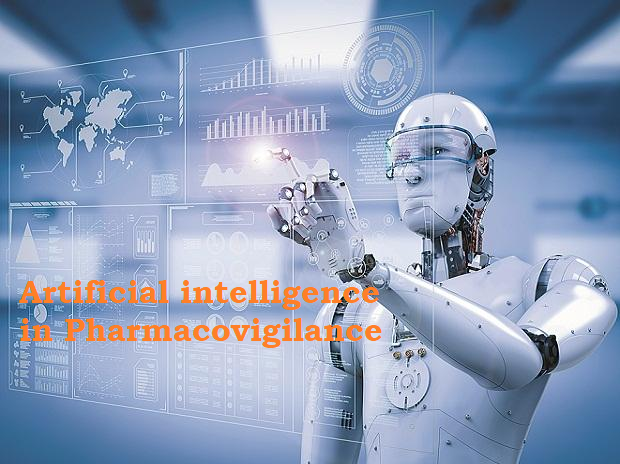Pharmacovigilance (PV) involves the detection, assessment, understanding, and prevention of adverse effects or any other drug-related problems. One of the core activities in PV is signal detection, which involves identifying potential safety concerns about a drug, often based on spontaneous reporting systems, clinical trials, and observational data. As the volume of data grows, artificial intelligence (AI) is playing an increasingly critical role in improving the efficiency, accuracy, and speed of signal management in pharmacovigilance. Below are the key ways AI is transforming this field:
1. Data Mining and Signal Detection
AI-driven algorithms can analyze vast amounts of data (e.g., spontaneous reports, electronic health records, social media, and clinical trials) to detect potential safety signals that would be difficult or time-consuming for humans to identify manually. These tools can:
- Identify patterns: AI can reveal hidden relationships between drug exposure and adverse events, even in large and complex datasets.
- Automated signal detection: Machine learning (ML) models, including natural language processing (NLP), can automatically extract relevant information from unstructured data such as medical narratives or case reports.
- Real-time analysis: AI systems can be used for continuous monitoring of safety data, enabling early detection of emerging signals that may require further investigation.
2. Natural Language Processing (NLP)
NLP is a subfield of AI that focuses on the interaction between computers and human language. In pharmacovigilance, NLP is crucial for:
- Extracting valuable information from unstructured data: Spontaneous reporting systems, clinical trial databases, and social media contain vast amounts of unstructured textual data. NLP can extract adverse event descriptions, patient demographics, and drug names from these sources.
- Classification and categorization: NLP helps classify adverse events according to predefined terms such as MedDRA (Medical Dictionary for Regulatory Activities), making it easier to identify trends and assess safety.
3. Signal Prioritization and Risk Assessment
Once a signal is detected, AI can assist in prioritizing these signals based on their potential risk. Through machine learning models, AI can:
- Assess severity and relevance: AI models can predict which signals pose the most significant risk to public health, considering factors such as frequency of the event, seriousness, and potential patient population.
- Predict likelihood of a causal relationship: AI models can be trained to assess the likelihood that an adverse event is causally related to a drug, improving decision-making in safety management.
4. Automating Case Processing and Reporting
AI can streamline pharmacovigilance workflows, particularly in case processing and reporting:
- Automated case intake and data extraction: AI systems can automatically extract and organize relevant data from individual case safety reports (ICSRs), reducing the time spent on manual data entry.
- Signal communication: AI can help in drafting safety communication messages, risk minimization strategies, and regulatory reports by extracting key findings from safety data and generating draft reports.
5. Improved Risk Management and Decision-Making
AI can provide insights for better decision-making, particularly in risk management:
- Predictive analytics: AI models can predict how certain safety signals might evolve over time, allowing pharmaceutical companies and regulatory authorities to proactively manage risks.
- Better decision support: AI-based decision support systems can assist PV professionals in determining when to initiate regulatory actions (e.g., product recalls, label updates) by providing an evidence-based approach..
Challenges and Limitations of AI in Pharmacovigilance
While AI has significant potential to enhance pharmacovigilance practices, there are several challenges:
- Data quality: The effectiveness of AI models depends on the quality of the input data. Incomplete or incorrect data can affect the performance of AI algorithms.
- Interpretability: Many AI models, especially deep learning models, are often seen as "black boxes," meaning it can be difficult to understand how they arrive at specific conclusions. This lack of transparency can be problematic in a highly regulated field like pharmacovigilance.
- Ethical and privacy concerns: The use of AI, particularly when analyzing sensitive patient data, raises concerns about privacy and security.
- Integration with legacy systems: Many pharmacovigilance systems are still based on older technologies, and integrating AI into these systems can be complex and costly.
Conclusion
AI is transforming pharmacovigilance signal management by improving the speed, accuracy, and efficiency of signal detection and risk assessment. With its ability to handle large volumes of data, integrate multiple data sources, and provide predictive insights, AI is making it possible to detect safety concerns earlier and respond more effectively. However, to fully realize its potential, challenges related to data quality, transparency, and regulatory compliance must be addressed.
To learn more from related topics, please visit our website or newsletter at https://medipharmsolutions.com/newsletter/


No Comments